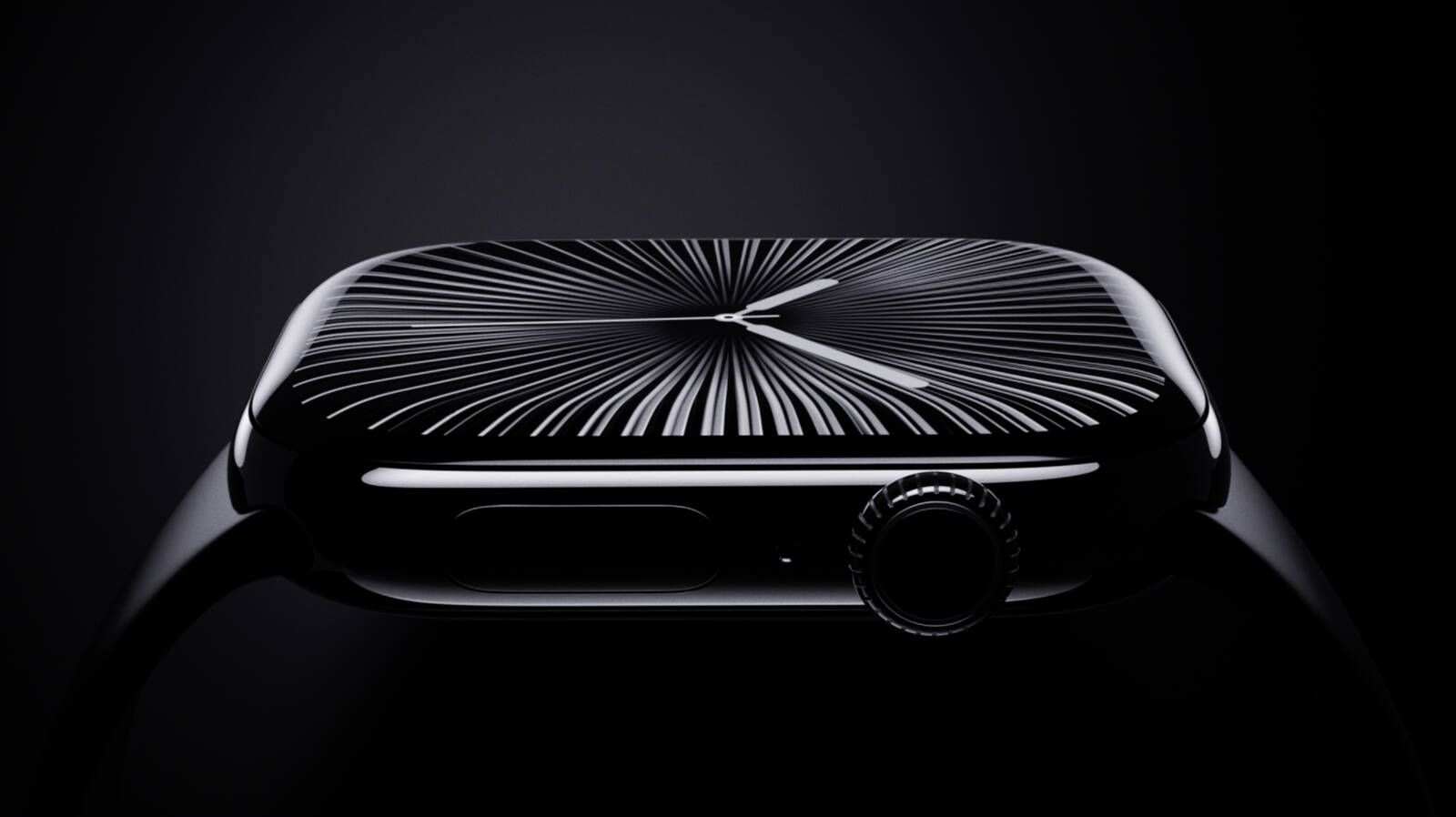We received a sample of the white version of the H3 Flow for our review; it’s also available in black. Its finish does a fine job of highlighting the panel perforations on its top, front, and lower sides. The left lower side is raised a bit from the bottom, giving the wrap-around vent even more airflow holes while also giving us an easy place to grip the case.
Our first impression after reviewing the full package: We thought this case would have a lower MSRP, seeing as NZXT has eliminated the front-panel audio jack and half of its expected USB 3.x Type-A ports. (A single motherboard header supports two, but the case has just one.) USB headphones will be the order of the day here. In fairness, there’s also a Gen 2×2 USB Type-C port to connect all your newer devices; we just don’t have very many Type-C thumb drives yet. The H3 Flow’s power-on indicator shines through a diffuser ring that surrounds its power button.
(Credit: Joseph Maldonado)
Around the back are four expansion slots, a power supply bay, and a 120mm exhaust fan mounted on height-adjustment slots about 19mm long. The power supply bay is drilled to take lid-mounted exhaust fans facing upward (for most PSU models), as there’s no intake vent beneath this mount. And designed to assist airflow into the power supply tunnel, a vent pattern that runs almost the entire length of the right side panel is visible from this angle below.

(Credit: Joseph Maldonado)
Now for the PCI Express card slot mounting. Some manufacturers claim that putting the card “tab” on the outside of the case makes room for longer cards on its inside. But since we measure the case’s entire length including that tab, NZXT’s designers could have made the case’s panel about 5/8 inch longer and put the tab on the inside without affecting our measurements. At any rate, we’ve determined though various fitments that 3/4 inch is the minimum vertical slot size to enable adequate space to slide a large graphics card’s other end past the obstructions of various motherboards. The H3 Flow comes up just a little short when its sliding cover is opened all the way, as shown below…

(Credit: Joseph Maldonado)
That cover is also removable, though, which opens the gap wide enough to angle nearly any graphics card into the correctly matched slot of most MicroATX (or Mini-ITX) motherboards with ease. It’s almost as convenient as an old-fashioned inset expansion panel.

(Credit: Joseph Maldonado)
A front-panel opening in the case, shown below, is large enough to hold two 140mm or 120mm fans, with a gap cut into the power supply shroud that’s deep enough to fit a pair of those fans, at 25mm thick, atop a 38mm-thick radiator. With 400mm of distance between upper and lower obstructions, we can’t think of any 280mm or 240mm-format radiators that are too long to fit within that space.

(Credit: Joseph Maldonado)
Up on the case top, you can’t fit three 120mm fans (the space is just a tiny bit too tight for that), but you can still fit up to two 140mm or 120mm fans there. There’s also 374mm of length to support your choice of radiators. The small vertical space (around 28mm) between the fan bracket and the top edge of the motherboard may have you questioning whether any combination of radiator and fan can be placed there.
It’s fine, though. Fortunately, the fan mounts are offset far enough to the left side of the case that a 240mm-format radiator and a pair of 120mms fans will fit with around 60mm of horizontal distance from the motherboard. You’ll just want to make sure to get your motherboard’s top cable connections sorted out and plugged in before mounting a radiator up there.

(Credit: Joseph Maldonado)
Access to the motherboard’s top edge might not be a worry for those who choose a reverse-connector motherboard from Asus or MSI (employing the label Asus Back to the Future (BTF) or MSI Project Zero). The H3 Flow has additional cutouts in its motherboard tray to accommodate the rearward-facing headers and connectors of those specialized motherboards. You still might want to forgo any 280mm-format coolers, though, since those could leave you with less than 40mm of memory clearance.

Get Our Best Stories!
All the Latest Tech, Tested by Our Experts

By clicking Sign Me Up, you confirm you are 16+ and agree to our Terms of Use and Privacy Policy.
Thanks for signing up!
Your subscription has been confirmed. Keep an eye on your inbox!

(Credit: Joseph Maldonado)
For mounting drives in this chassis, NZXT adds a 2.5-inch drive mount to the back of its motherboard tray and puts a combination of two 2.5-inch (crosswise) mounting spaces and one 3.5-inch one on the bottom of the case, just forward of the power supply area.

(Credit: Joseph Maldonado)
We measured 9 inches (about 225mm) of space between the power supply mount and the back of the bottom panel’s drive mounts, but NZXT quotes this space as only 185mm long. That’s probably because the company measured it with a drive installed as well.

(Credit: Joseph Maldonado)









